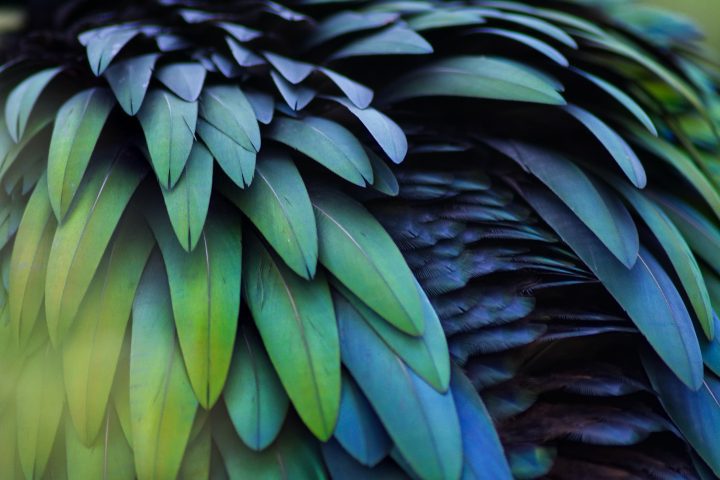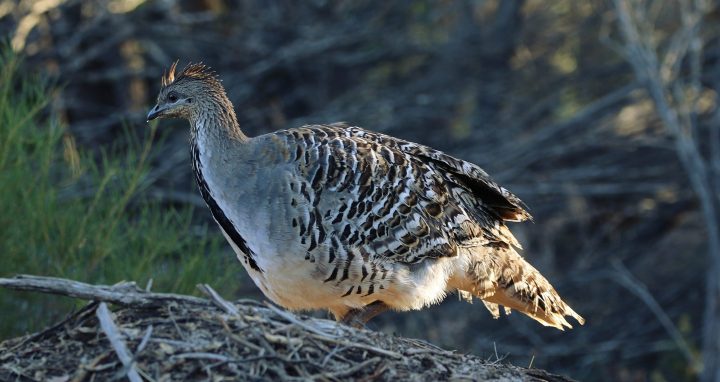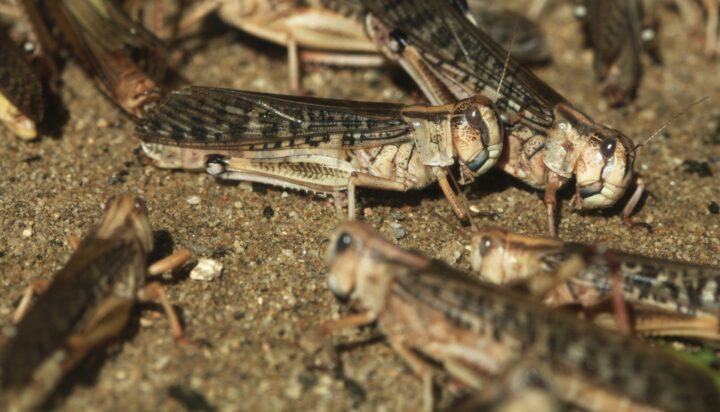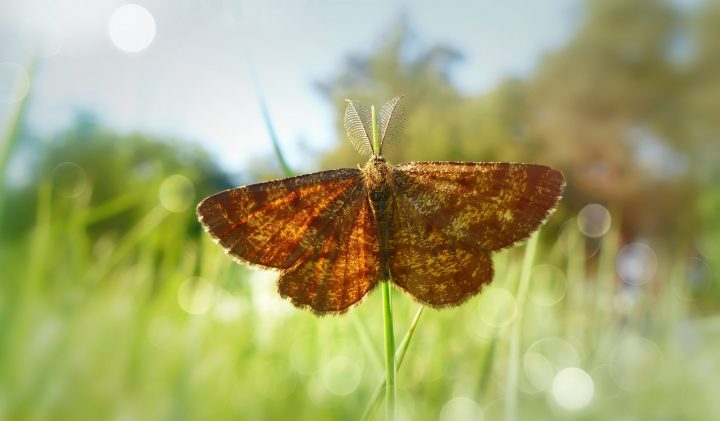Protect From Microbes
In living systems, microbes play important roles, such as breaking down organic matter and maintaining personal and system health. But they also pose threats. Bacteria can be pathogens that cause diseases. Some bacteria create colonies called biofilms that can coat surfaces, reducing their effectiveness–for example, inhibiting a leaf’s ability to photosynthesize. Living systems must have strategies for protecting from microbes that cause disease or become so numerous that they create an imbalance in the system. At the same time, living systems must continue living in harmony with other microbes. Some living systems kill microbes. Others repel without killing to reduce the chances that microbes will adapt to the lethal strategy and become resistant to it. For example, some pea seedlings exude a chemical that inhibits biofilm buildup.
Protect From Fungi
Fungi–which include molds and mushrooms, amongst others–play important roles in every ecosystem, but can also create diseases in plants and animals. Fungi can rapidly reproduce, so living systems must fend them off early to avoid their spread and potential, physical harm. Living systems use both physical and chemical strategies to protect from fungi, and must ensure that these strategies don’t harm the threatened living system itself. For example, a pumpkin’s skin has antifungal proteins to prevent fungal growth without harming the pumpkin itself.
Protect From Plants
Living systems must share resources with other living systems. Often, this can be done in cooperative ways but at other times, there is competition for resources such as water, nutrients, and sunshine. By consuming resources, plants can threaten other living systems. In response, threatened living systems must discourage this competition in ways that don’t harm the threatened system. For example, trees in tropical rainforests have strategies to prevent climbing vines from attaching to their trunks, eliminating competition from the vines for sunlight above and nutrients at the roots.
Protect From Animals
Animals–organisms that range from microscopic to larger than a bus–embody a wide variety of harms to living systems, including other animals. They threaten through predation, herbivory, defense, and parasitism, and they compete for resources such as water, nutrients, and space. Any given living organism commonly faces threats from a variety of animals, requiring strategies that effectively defend from each. Trout and other bony fish, for example, escape predators by having scales made of very thin, flake-like pieces of bone covered with slippery mucus. They also have behavioral strategies such as camouflage, fast swimming, and twisting and turning to achieve release from a predator’s grip.
Regulate Reproduction or Growth
Reproduction and growth are two physiological processes that occur in all living systems. There are situations when conditions are right for both, and other situations when continuing either harms the living system because both have a very high energy cost. Reproduction and growth are unique in that both can stop until conditions improve, although stopping either for an extended time can cause problems. An example of regulating reproduction is a process called delayed implantation or embryonic diapause found in some mammals, such as otters. An otter’s embryos sometimes temporarily cease developing and won’t develop further until the female senses that conditions are suitable.








